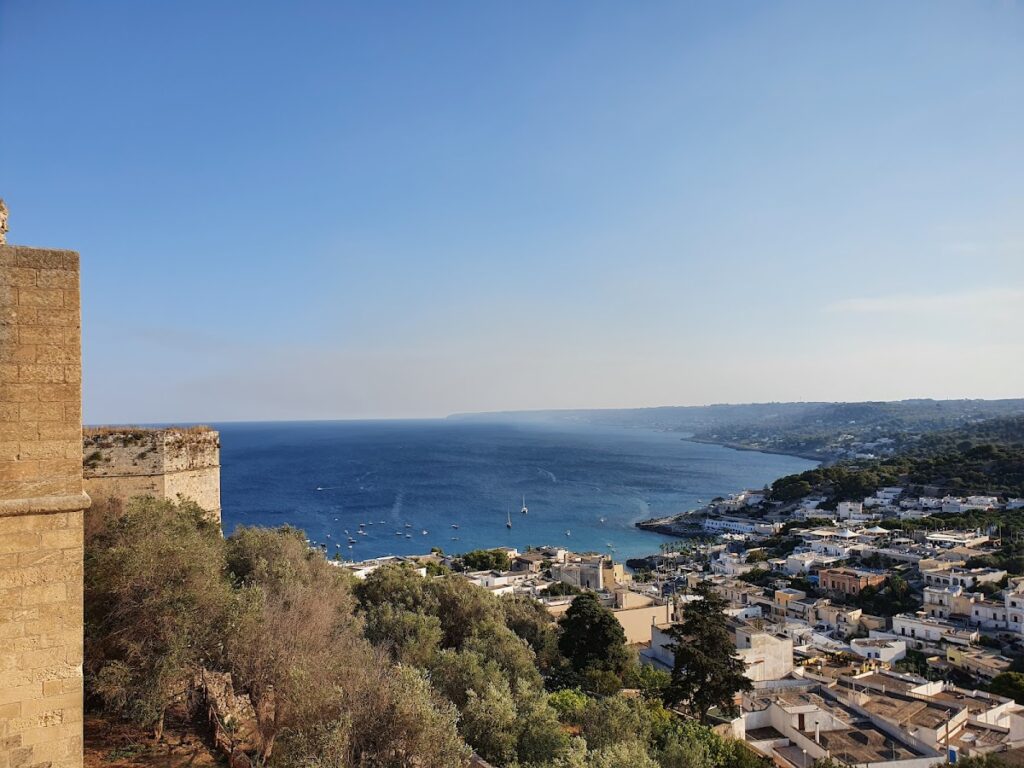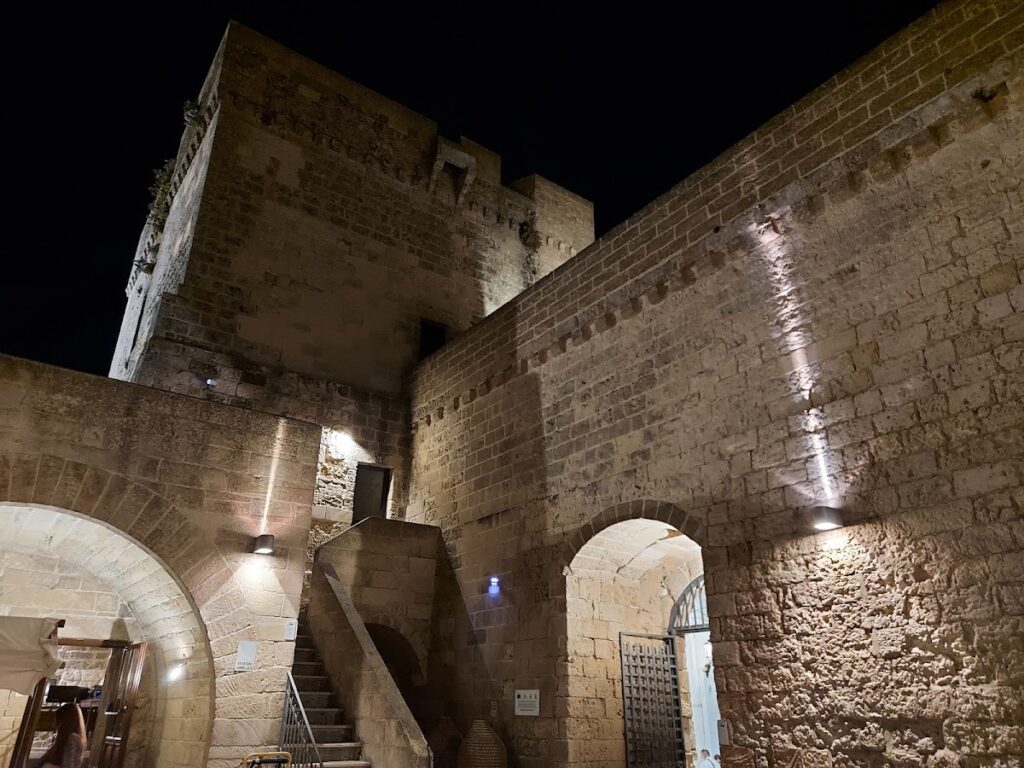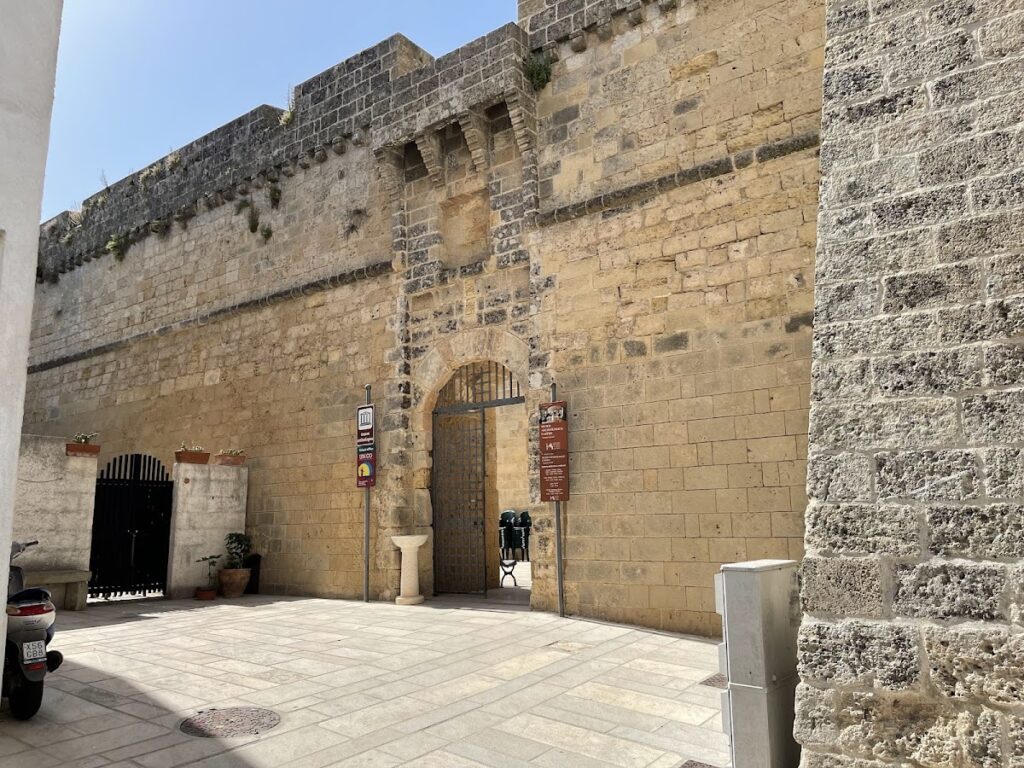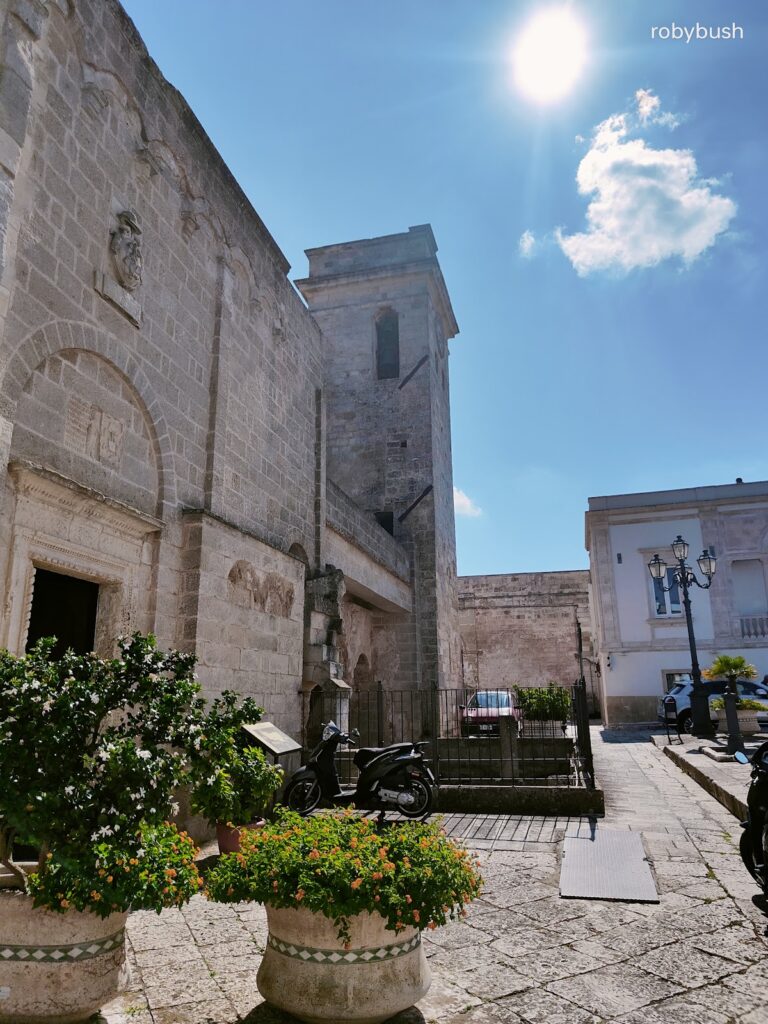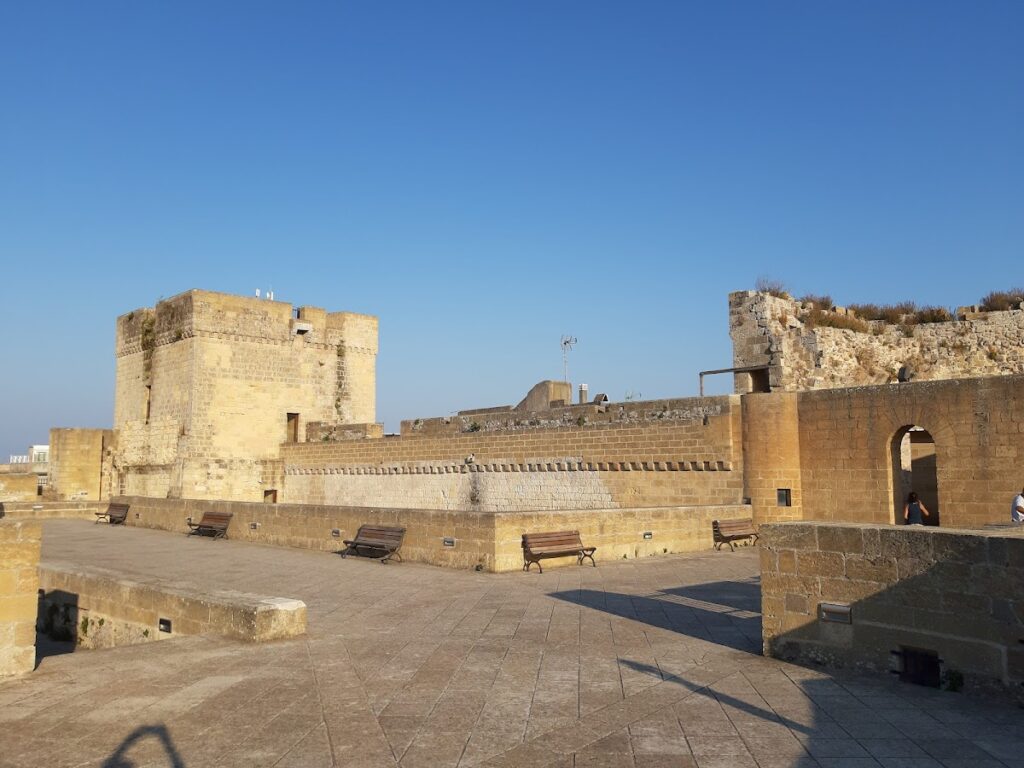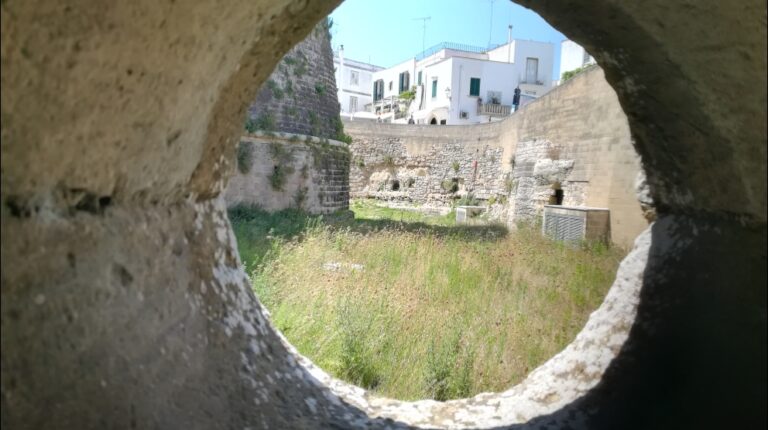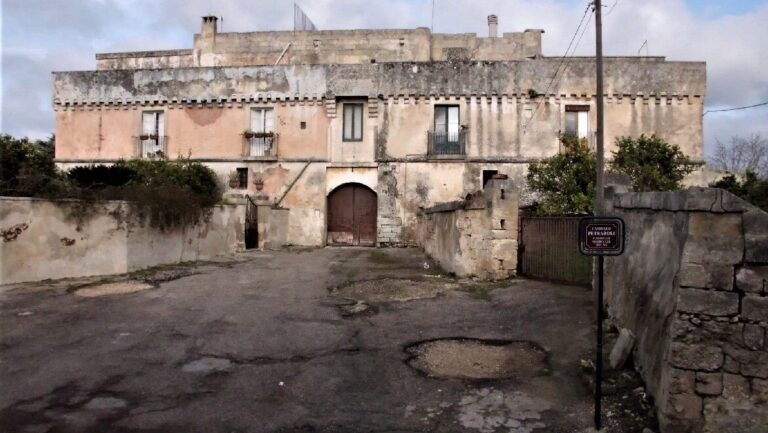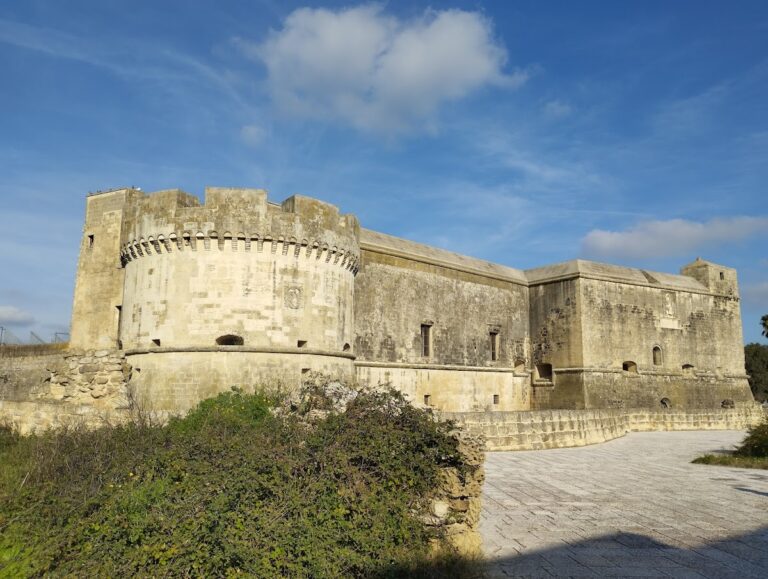Castello di Castro: A Historic Fortress in Castro, Italy
Visitor Information
Google Rating: 4.5
Popularity: Medium
Google Maps: View on Google Maps
Official Website: www.museoarcheologicocastro.it
Country: Italy
Civilization: Unclassified
Remains: Military
History
The Castello di Castro is located in the town of Castro, Italy. Its origins trace back to the Byzantine period, as it was constructed on the remains of an earlier Byzantine fortress. The oldest surviving parts of the current castle date from the 12th or 13th century, reflecting the strategic importance of the site through the medieval era.
In the latter half of the 13th century, Charles I of Anjou, the ruler of the Kingdom of Naples, identified Castro as a key defensive fortress. He grouped it alongside other strongholds like Ostuni, Taranto, Ugento, and Torremaggiore, highlighting its role in safeguarding the territory. This period established the castle as a critical military outpost within the kingdom’s defensive network.
The castle suffered significant damage in 1480 when the Turks invaded the area after the sack of nearby Otranto. The assault led to partial destruction of the fortress, showing the turbulent nature of the region during the late medieval period. In response, during the 16th century, the noble Gattinara family, who held feudal control over the area, undertook reconstruction efforts. They rebuilt the fortress atop the ruins, transforming it into a quadrilateral defensive structure featuring four bastions and an embankment, enhancing its military capabilities.
Subsequent attacks and wear necessitated further strengthening during Spanish rule. Pedro Álvarez de Toledo, the Spanish viceroy, commissioned architect Tiburzio Spannocchi from Siena to redesign the castle. Spannocchi’s renovation introduced a bastion guarding the main entrance, known as the Porta Terra, an imposing southern tower called the Torre Catalano, and a fortified wall laid out in an elongated hexagonal shape. This design included bulwarks and curtain walls at strategic locations, reflecting the evolving art of fortification in response to newer military threats.
By the 18th century, the castle had declined in condition and was described in 1780 by Monsignor Del Duca, the city’s bishop, as being partially ruined. Recognizing its importance, Del Duca petitioned King Ferdinand IV to provide funds for restoration. His appeal was successful, leading to the final known public interventions aimed at preserving the structure. More recently, after the municipality of Castro acquired the property, restoration efforts have been carried out to stabilize and adapt the castle for community use.
Remains
The layout of Castello di Castro follows a rectangular plan punctuated by four corner towers that vary in shape and size. This arrangement reflects the common medieval fortress design focused on defense and surveillance. The original entrance was secured by a moat and a drawbridge, although these features have since been removed, altering the initial defensive perimeter.
Within the castle walls lies a central courtyard that historically served a practical purpose beyond military use. It functioned as a storage area for agricultural products destined for market sale, demonstrating the castle’s role in the economic life of the surrounding community. A large staircase once provided access from this courtyard to the upper floors, but it no longer exists. The ground-floor rooms opened directly onto the courtyard, enabling easy movement and access. One of these rooms on the western side faces the sea and includes an external entrance leading down to gardens below, hinting at the integration of the castle with its natural surroundings.
Recent restorations have returned the castle to structural stability and introduced modern elements, including a functional conference hall that adapts the historic space for contemporary use. Additionally, the castle houses the Antonio Lazzari Civic Museum, which occupies several rooms and the eastern corner tower. This tower contains a permanent archaeological exhibition titled “Castrum Minervae: between Greeks and Messapians.” The exhibition displays a rich collection of archaeological finds unearthed in recent excavations around the historic town center, shedding light on the deep historical layers beneath Castro.
The historic center of Castro itself maintains the medieval street pattern, characterized by narrow streets and courtyard houses. This urban fabric provides context for the castle, emphasizing the continuity of the settlement’s medieval character alongside the defensive stronghold.
